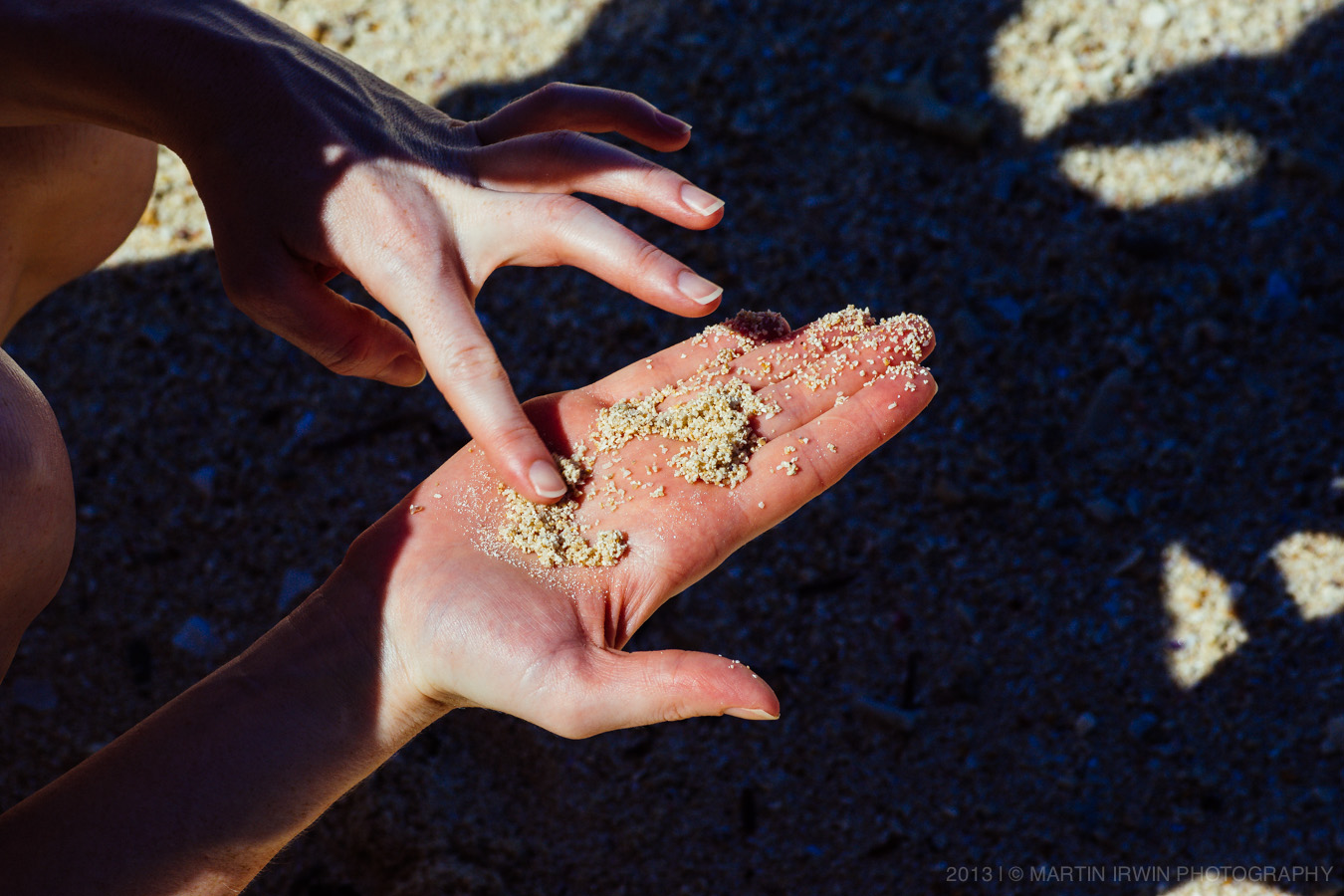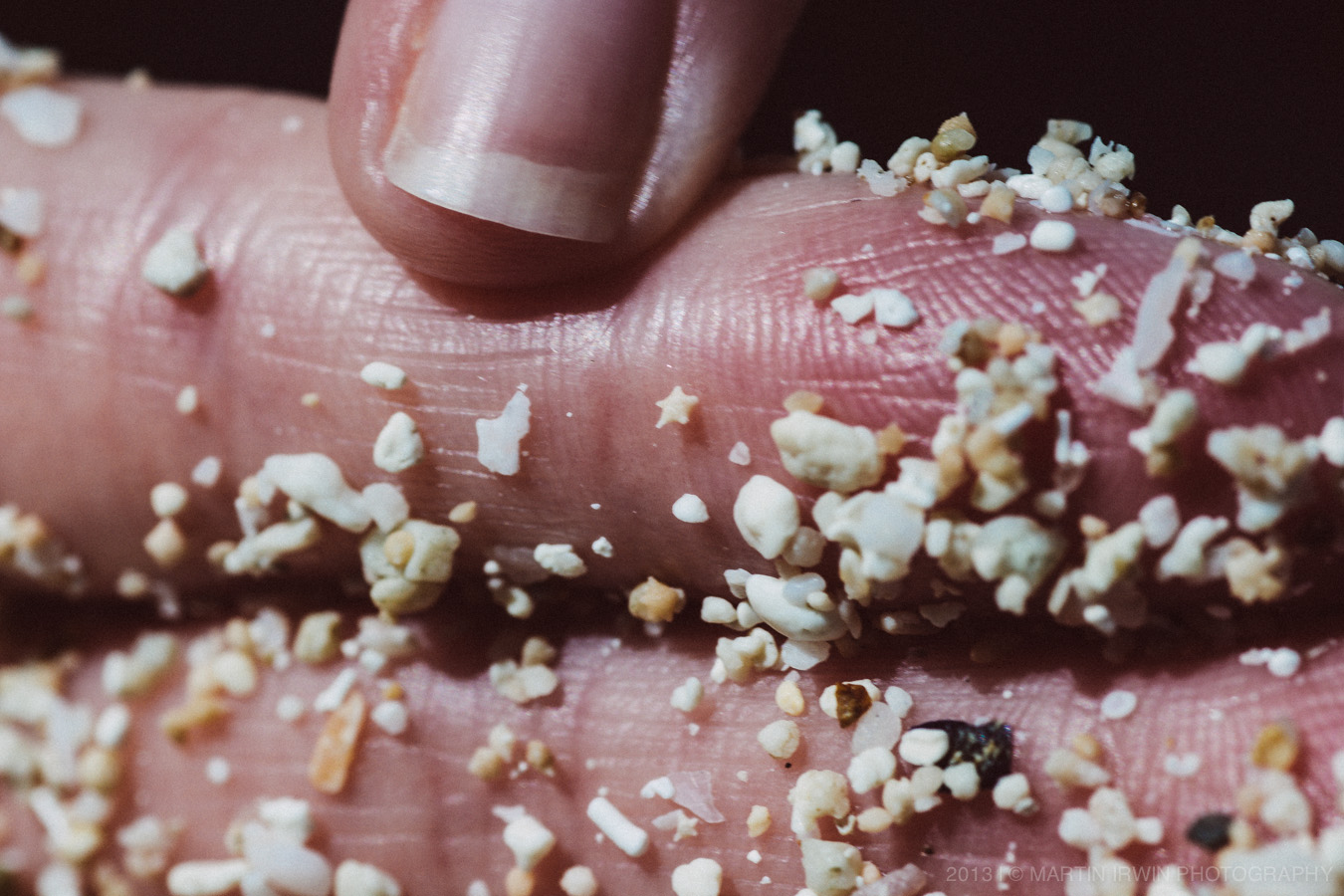Very little to say other than we have a great time, and I hope that you enjoyed the photos.
Read Moreyaeyama
It's not Black and White
Providing photographers with a way to take photos that renders camera usage transparent, is surely the ultimate goal of any camera manufacturer? No? Well it damn well should be.
Read MoreLand of the Hibiscus
More ramblings from my old stomping grounds; the Land of the Hibiscus
Read MoreHibiscus
Hibiscus, ヒビスカス or 赤花, is a vibrant red flower native to warm-temperate, subtropical and tropical regions throughout the world. They are found throughout Okinawa, and the nearby Yaeyama islands.
The flowers themselves only last for a day, and then curl up and fall off. The high turnover rate means that the shrubs continually have numerous flowers, so unless you specifically look for the same flower the following day, you may not notice its absence.
Two symbols of Okinawa
Whilst on holiday, we tried "hibiscus beer" , which was Orion (pronounced the Japanese way; orry-on) mixed with hibiscus extract. It was extremely tasty, and quickly became a favourite way to cool down in the hot afternoons. It's responsible for our recent quest for fruit beer since returning to Tokyo.
Kuroshima - 黒島
For the final two nights of our holiday, we had booked accommodation near Ishigaki Port. Ishigaki is a huge island, and a hire car is a must if you want to explore it. We didn't fancy spending the remainder of our journey stuck in a car, trying to program a Japanese sat-nav, and so we explored the town on the first day, and took a 25 minute ferry journey to nearby Kuroshima (black island) on our second and final day.
This could almost have been my home in Norfolk.
Kuroshima is mostly a farmland. The island has the approximate shape of a heart symbol 「♡」when viewed from the air, and is marketed as "Heart Island". We rented bicycles, and I was surprised by how much it felt like Norfolk, except with the Sun turned up to 11.
There are apparently more cows than people on Kuroshima
Cattle raising is a major economic activity and a yearly "cow festival" is held. Sometimes the island is marketed as "Island of Cows" as well, as there are more cows than local inhabitants. We visited the sea-turtle research centre, which was rather small, but allowed us to escape the heat and intense sun for some respite.
Lighthouse at the southern tip of Kuroshima
Standing on the small cliffs at the southern tip of the island, the next land mass across the ocean is the Philippines.
Farms and clouds - UK or Tropical Japan?
Clouds mimicking bushes...
We ended the day with a dip in the richest green-blue water I've ever seen. It was so cool and refreshing after cycling all day. I can hear the waves lapping at the shore right now...
Possibly the best beach I've been to... so far
This concludes the "photo-journal" style posts from our holiday. I hope you enjoyed the series!
Taketomi is known for its traditional Ryukyuan houses, stone walls, and sandy streets. Photo taken just after sunset.
Taketomi-jima - 竹富島
Sometimes the stars align in such a way, that one is convinced of fate. Staying on Taketomi-jima (jima means island in Japanese), was one of those moments. We've looked into visiting here long ago, but ruled it out when we decided to keep the budget low and just visit Okinawa's main island. The problem is, that on the main island, a hire car is pretty much a necessity. This means that it worked out cheaper to use ANA airmiles for a flight to nearby Ishigaki (more on that island later), and a 15 minute ferry trip to Taketomi - an island like no other in Japan (or the world, for that matter).
If it weren't for the subtropical weather, and brilliant light, this could have been somewhere in the UK...
The drystone walls in Taketomi are just over 150cm high, so I have no trouble snooping around. The island is a raised coral atoll, which explains its extremely flat topography.
The plan here was simple. Sit in the sun and read, dip in a pool, drink beer, disconnect from the internet and all of the daily noise we're used to, and reset ourselves.
A modest, but essentially perfect dip-pool
Our plan worked. I've been much further from home, wherever that may be, but rarely have I felt so separate from the goings on of the world. Each day was taken as it came; there was little-to-no planning.
There's a beach famous for its star-shaped sand (which is actually not sand, but crustaceans). Apparently it brings good luck to those who find it!
It's when travelling around Japan, outside of my daily routine, that I'm often surprised at how surprised the local people are that I can speak Japanese. I take it for granted - there are numerous expats in Tokyo speaking the lingo. Come out here though, and usually the only tourists will be asian (mostly Japanese, then Chinese, then Korean). If there are any Westerners, they usually don't speak Japanese.
I'm not saying that it's easy to understand the Japanese terms for fruit you've never seen before...
No picture gives justice to the fresh mango juice
竹富そば - Taketomi soba
Well, this posting turned into another long one, loaded with photos! I'll end with two more. Each night, we went to the beach (the island is only around 3km wide) and watched the sun set. It does so very quickly this close to the equator. The sun would set over the nearby Iriomote island (西表島) which we visited in 2011.
Sunset over Iriomote island (西表島)
It was after sundown, in the pitch black, that we heard a group of Japanese tourists scream. They'd found a hermit crab, crossing the road... hardly worth a scream, you say? Well, this particular crab was at least 10cm across, and about 20cm long...
EDIT: I think this is Coenobita brevimanus, オオナキオカヤドカリ. For scale, look at the ground (sand).
As I was trying to take photos of stars at the time, and had drunk quite a few beers, I completely messed up this photograph. For those interested, the EXIF data is: 13s f/22.0 ISO1000 35mm. Illuminated by a flash of a torch, I turned the camera away after I'd realised the shutter hadn't closed. Then I held the camera in disbelieve. I entered the settings... and then the battery died! Yes, I possibly exclaimed at this point. OK, I did (sorry Charlotte!). The crab was then long gone, into the vegetation. The moment had gone. It was only when I got back to our house that I was blown away. Somehow, I had a useable photo! Huzzah!
I should count my lucky stars...
Note to self: never, ever, ever, under any circumstance, go out drinking and forget to bring your spare RX1 battery.



